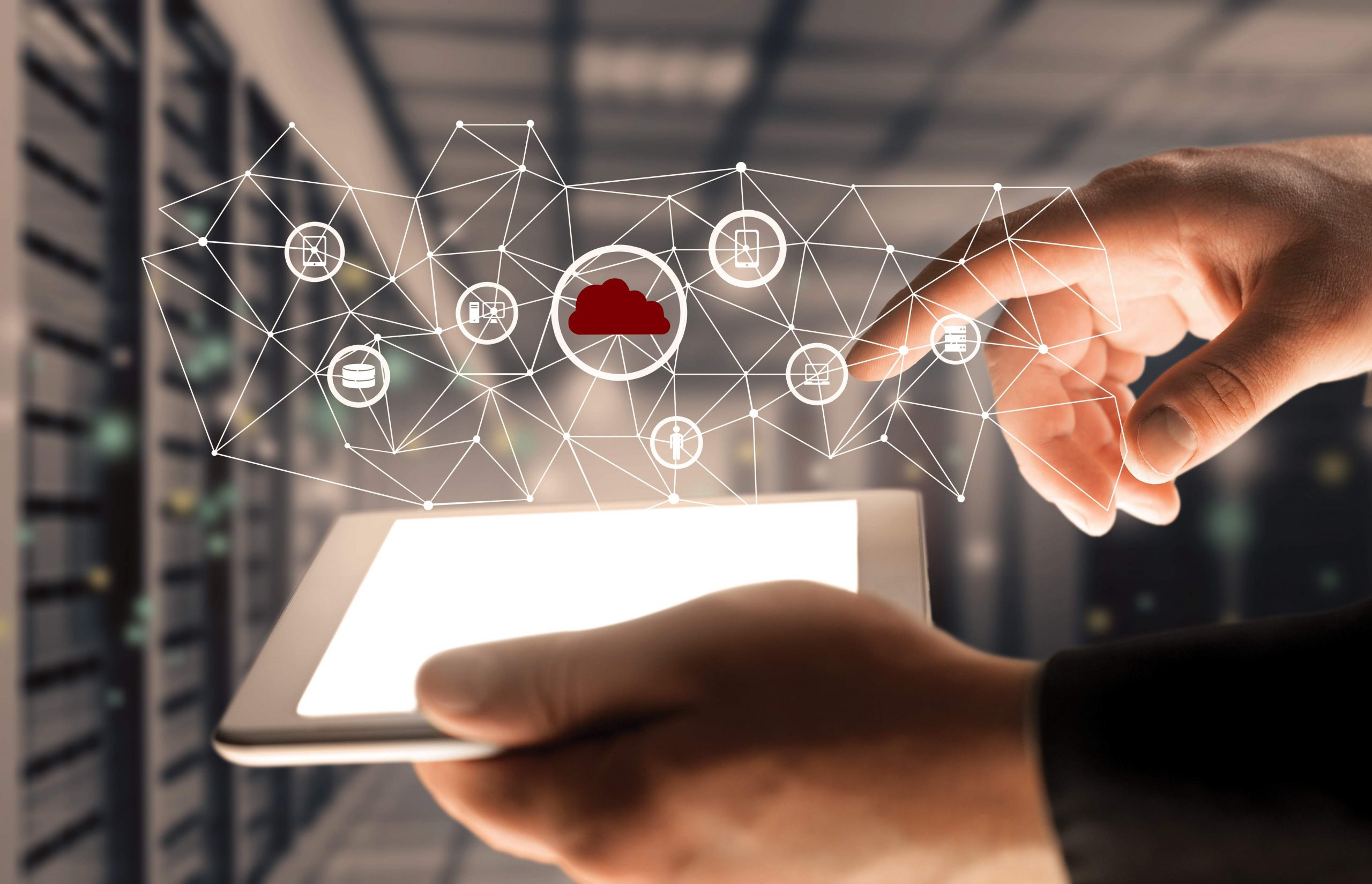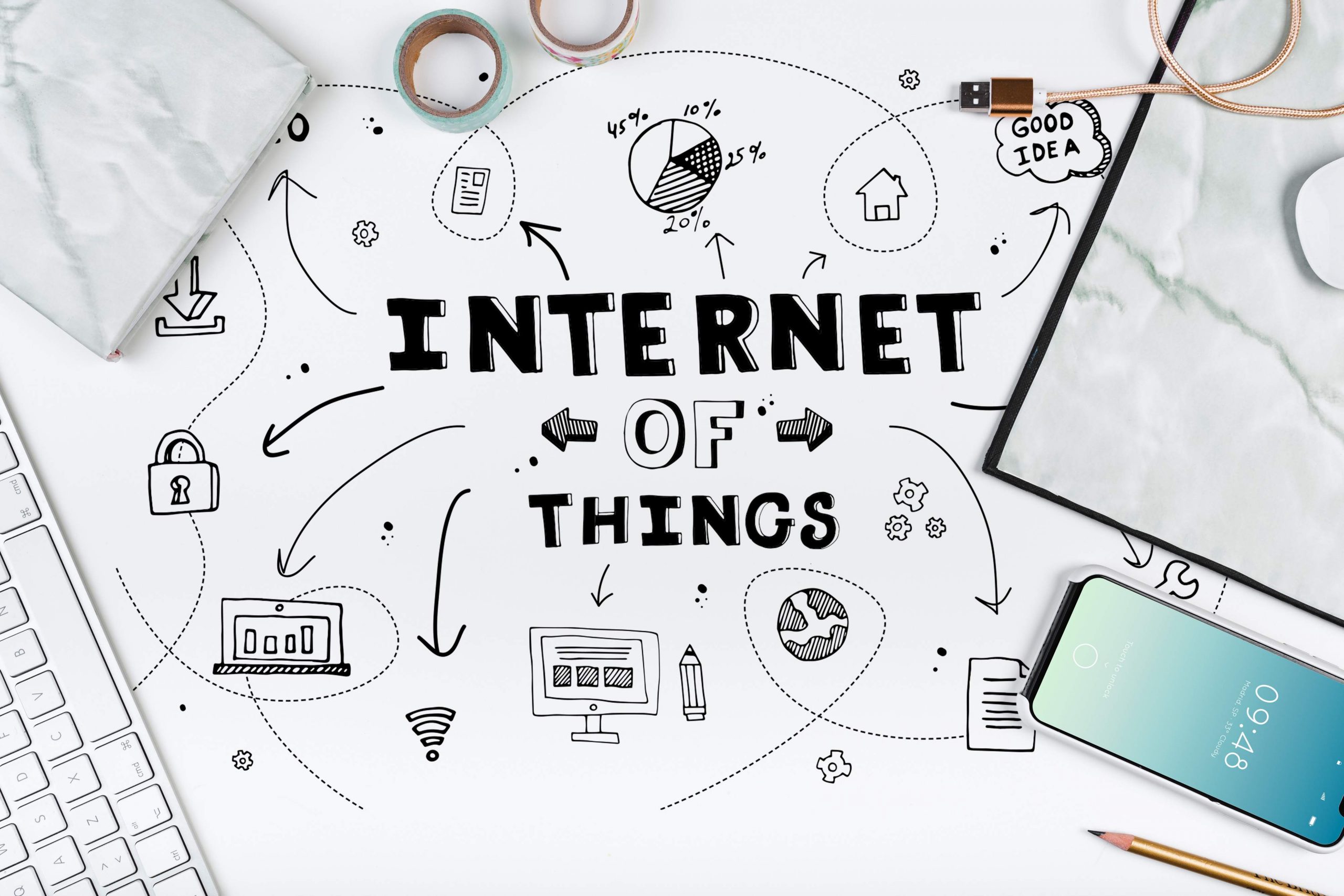IoT & Cloud Computing: A Connected Solution For Enterprises
-
March 9, 2022
-
4 min read

The relationship between IoT and cloud computing creates endless opportunities for exponential business growth. IoT provides the data source while cloud computing offers the data storage facility. But, how exactly do these two work in tandem and bring about the digital transformation at the business? Let’s find out.
What is the Role of Cloud Computing in IoT?
The digital transformation of the planet has been impending, and the pandemic only fast-forwarded it. Now, smart devices are coming up as the primary mode of interaction. The businesses have ultimately moved online where there are buyers and needs of every sort. It makes IoT the go-to solution for all enterprises moving towards uninterrupted reach to the consumers. Hence, handling big data and passing it through the workforce for real-time processes is essential.
In the meantime, storage also becomes an issue for individual enterprises because they entertain third-party services as well. So when the Dropbox service showed up, it was a moment of glee for all enterprise device users. With the scalability and dynamic of big data, cloud storage is considered the most convenient tool for data sharing. The permanent availability of data with all the connected devices is the primary role of IoT cloud computing.
With an increasing number of devices being added to IoT, fusing cloud computing is important for analysis and faster data processing. For a huge amount of devices and data chunks generated every day, IoT integrates cloud computing. In devices like digital assistants (Alexa or Google Assistant) and smart TVs, IoT and cloud computing work towards the efficiency of daily tasks. IoT cloud computing enables the data from these devices to travel to and from their destination.
Here’s how IoT cloud computing has benefitted online enterprises:
- Infrastructure capacity becomes a secondary priority in business planning since small workforces can be deployed remotely.
- It saves money as a single resource can be used by several employees simultaneously.
- Cloud platforms and IoT devices can be deployed within minutes anywhere in the world.
- It becomes more accessible for different teams to share insights and data.
How do IoT and Cloud Computing Benefit Enterprises?
The growth of online marketing and digital media has caused the need to process, filter, store, analyze and easily access big data. However, to create better user experiences, available raw data must be used to get insights, but it will take too much time if done manually. Here’s how enterprises can benefit from IoT cloud computing.
-
Improved Connectivity
The main thing that the combination of cloud computing and IoT brings is connectivity options that come with extensive network access. Employers and employees can access data and tools with ease through mobile devices, tablets, laptops, computers, and other devices with the IoT cloud.
-
On-demand Services
Data analysts and developers can use the IoT cloud platforms on-demand. Free cloud platforms such as Google Web Suite are accessible to smaller enterprises without special permissions. The only requirement is the permission of the data owner.
-
Scalability
Since changes in data are recorded, and the requests are logged in a centralized system, the processes and outcomes can be scaled easily, providing more profound computing ability and control over data. It provides flexibility and speed in processing data in real-time. When the work is scaled, storage can be expanded to various user groups.
-
Enhanced Collaboration
IoT cloud computing makes working alongside different departments easier by pooling resources together. It builds a closer connection and allows uninterrupted collaboration among employees.
-
Improved Security
With the rise of cloud computing and IoT devices, security concerns for a competitor-based market can be resolved with IoT cloud hosting. Enterprises can have additional access protocols to exclude and protect data from intruders using encryption.
-
Cost-effective
IoT cloud computing can be all of the above and still be cost-effective. All you have to pay, along with your internet bill, is a small amount for storage expansion, which comes for the entire team and costs less if the number of users is high. The cost of on-premise data solutions is reduced since the storage and access points do not need infrastructure. Thus, it also ensures that data is protected even in case of disasters and emergencies.
Conclusion
The partnership of IoT and cloud computing opens up a world of endless possibilities for businesses. Enterprises get enhanced connectivity, on-demand services, enhanced collaboration, and improved security in a cost-effective manner with IoT and cloud computing services, enabling a digital transformation. Hence, businesses should implement these technologies at their workplaces at the earliest to reap the maximum benefits.
If you want to know more about IoT and cloud computing and how your business can benefit from it, check out Airtel IoT. Airtel IoT helps accelerate your business with future-ready, end-to-end IoT solutions.
 Share
Share











